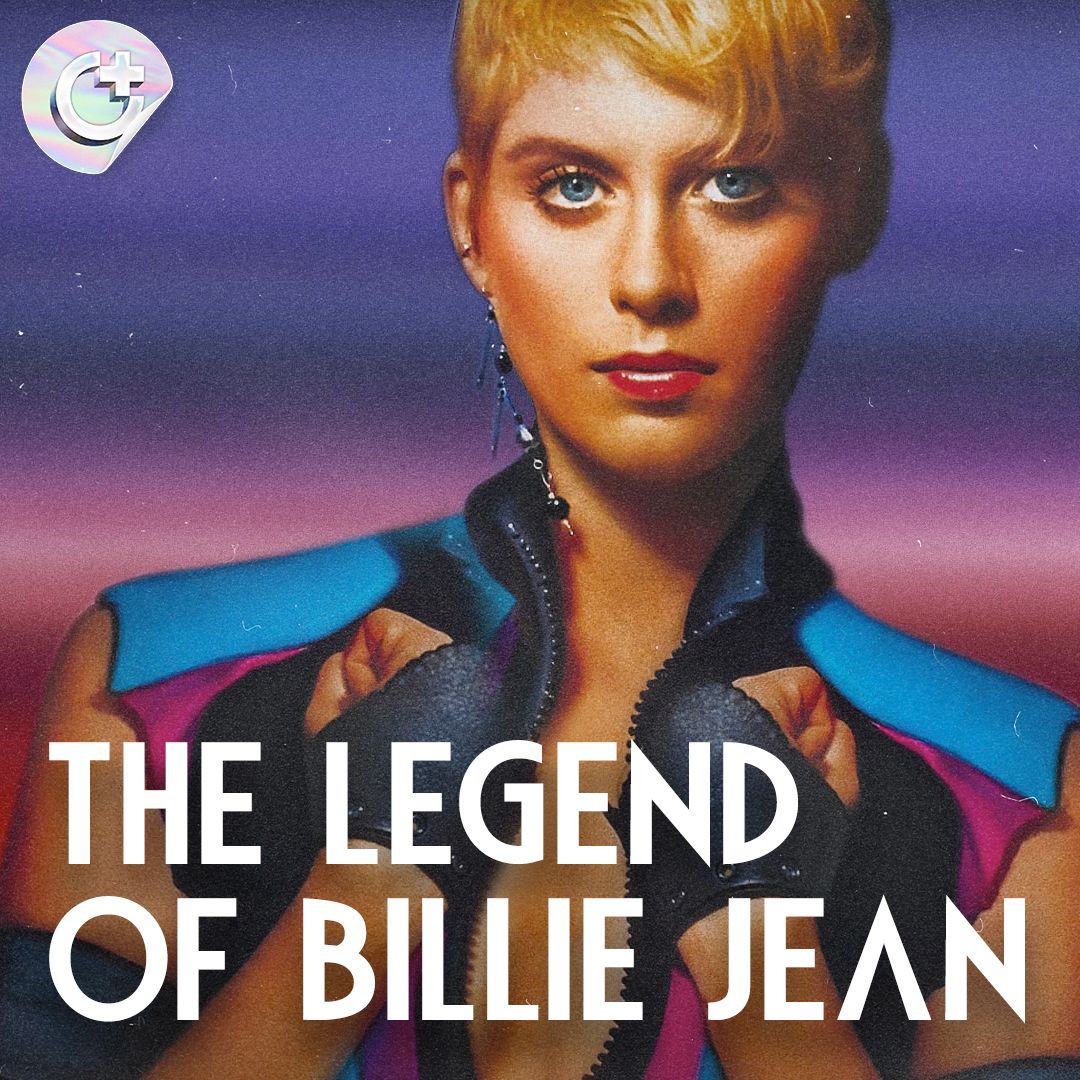#119 - Touch of Evil (1958) - Film Censorship in the 20th Century and Breaking Away From Traditional Storytelling
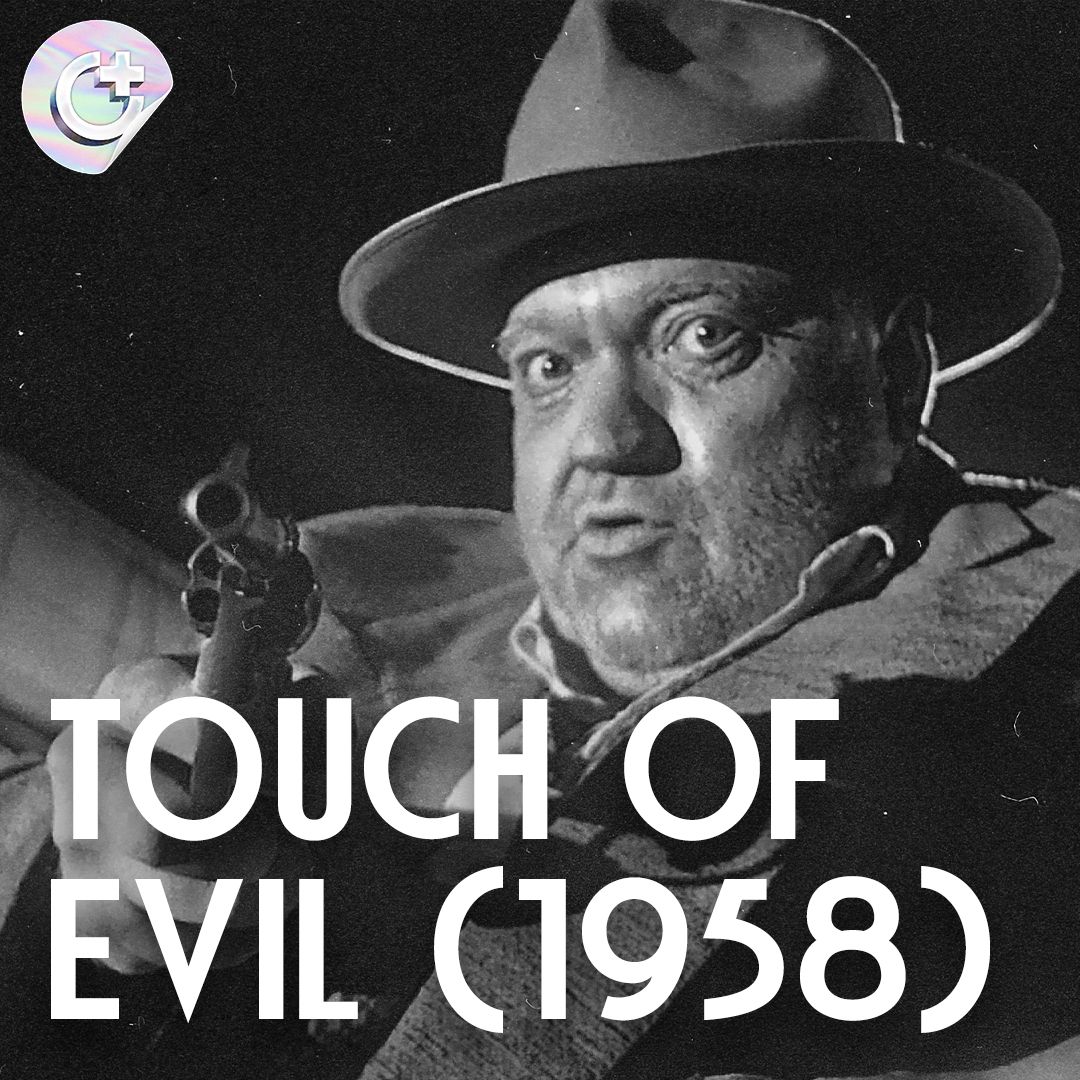
The world of cinema has seen many innovations in its short history, from the birth of sound to the rise of CGI. But behind every great film is a story of the creative process, and the struggles filmmakers face to bring their vision to the screen. In this podcast, we explore a few different aspects of filmmaking and film history, from the innovations of director Orson Welles to the impact of the Hayes Code on the industry. We also take a closer look at the importance of the director's cut and whether classic films like Touch of Evil can still be enjoyed in contemporary times.
The Touch of Evil Overview
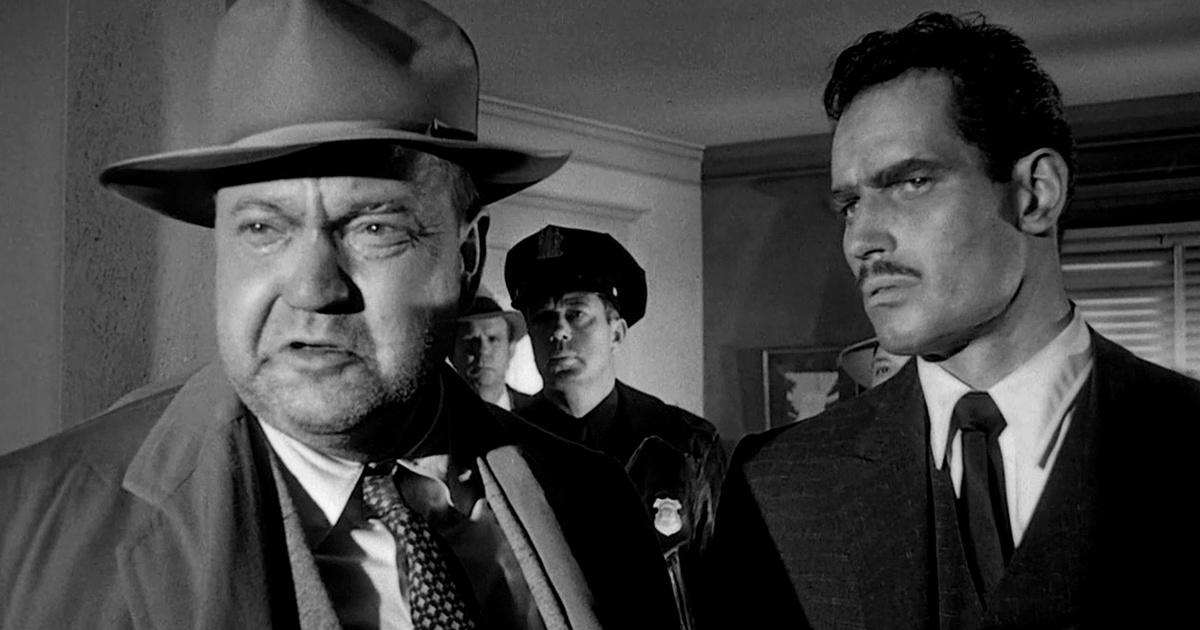
The Touch of Evil is a classic film noir that tells the story of a corrupt cop, Hank Quinlan, who plants evidence to frame innocent suspects. The movie is directed by Orson Welles, who also stars as Quinlan, and is known for its stunning opening shot, which is a three-minute long tracking shot that sets up the premise of the movie.
The film has a lot of themes and subplots that explore power, corruption, and justice. The conversation on The Cinedicate centers around the movie's cinematography, genre, and storytelling. Mike, one of the guests on the podcast, explains how he got into film noir and was interested in finding a unique take on the genre. He was fascinated with how film noir built its own ecosystem and found films like The Touch of Evil and The Third Man innovative in their approach to the genre.
Diego, the other guest on the podcast, had never seen an Orson Welles movie before and was impressed with how well Welles portrayed a corrupt cop. The conversation goes on to discuss the movie's other themes and characters, including its portrayal of minorities and female characters. The podcast hosts encourage listeners to watch the movie, dive into its themes, and appreciate the storytelling techniques employed by Welles.
Overall, The Touch of Evil is a classic film that has influenced many other directors and movies and is still relevant today in its exploration of power and corruption. The podcast conversation does a great job of highlighting the movie's strengths and encourages listeners to watch it and appreciate its innovations.
Orson Welles: Breaking Away From Traditional Theatrical Storytelling
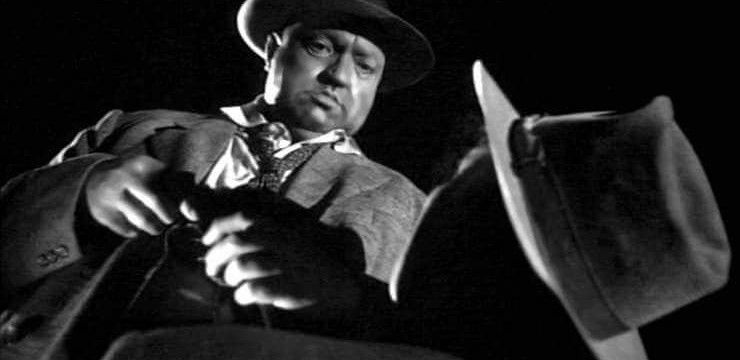
Orson Welles is a true innovator in cinema. Before Citizen Kane, films were shot like a recreation of theater - flat and two-dimensional. But Orson Welles brought a fresh perspective to the medium. He saw potential in the camera that others didn't. As a true artist, he didn't want to recreate theater on film, he wanted to explore the possibilities of cinema. The camera became his paintbrush, and the world his canvas.
One way Orson Welles achieved this was by using innovative camera movements and compositions. He wasn't afraid to experiment and try new things. His blocking was fantastic, and he knew exactly how to position everyone and everything in his frame. Even now, when watching his work, there are moments where you can't help but marvel at the perfect shot. Welles encourages us to not let technology limit our imagination, and to approach everything with a fresh perspective.
The Hayes Code: Film Censorship in the Mid-20th Century
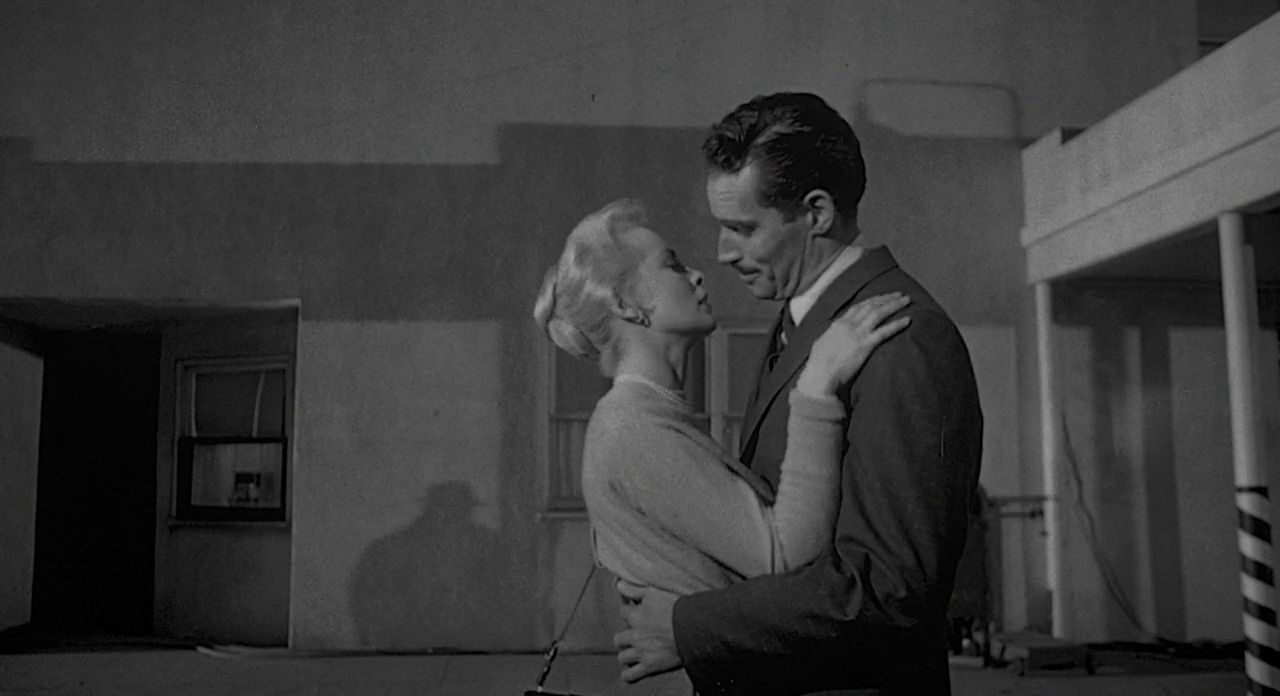
During the mid-20th century, there was a code in the film industry that was aimed at preventing films from being too bawdy. This code was called the Hayes code, and it was in effect from the mid-1930s until the late 1950s or early 1960s. The concern was that films were seen as inappropriate and almost burlesque in nature during the 1920s and 1930s.
This code was implemented to try and make films more acceptable to the masses, and it did have an impact on the industry. However, as the code began to break down, we started to see more films that were not as tightly controlled by the industry. This led to films with darker undertones, which could be controversial at times. Despite this, the film industry continued to evolve and change as it progressed through the 1960s and beyond, driven by new technology and changing societal attitudes.
Editing and the Importance of Director's Cut
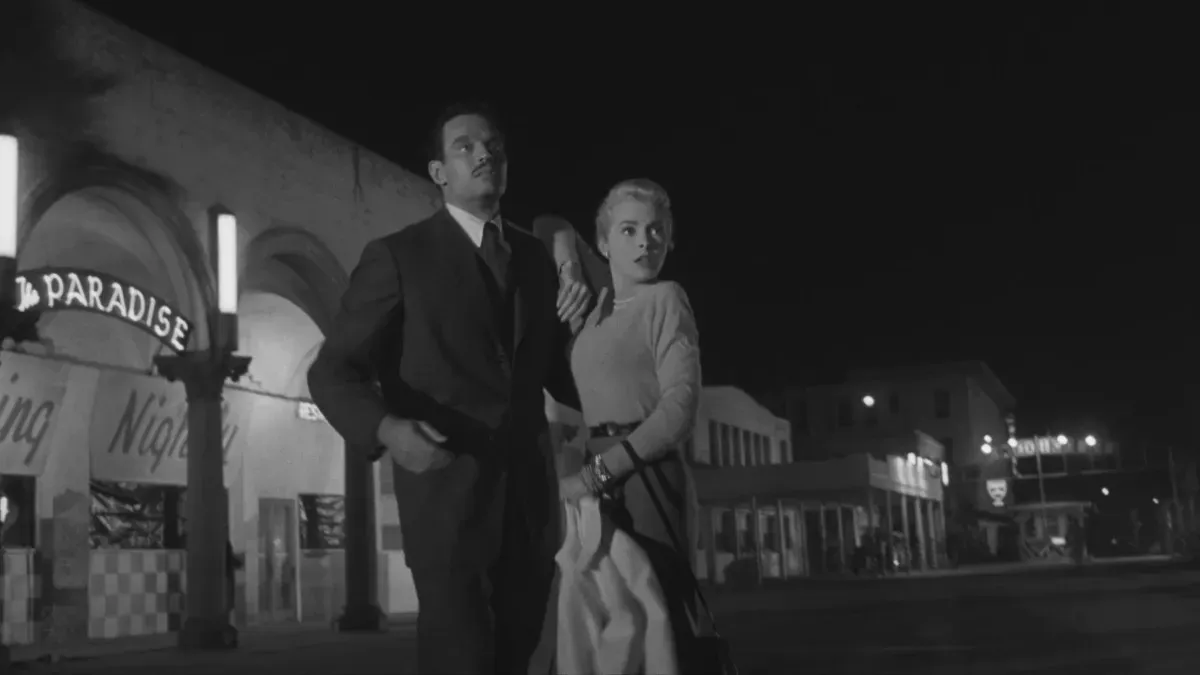
Orson Welles, a well-known film director, lost his final cut privilege due to the studio's interference. It resulted in his movies being downgraded to B-level or had to be made in foreign countries. The studio cut his movie according to their vision without any input from Welles. It was only after he finished his part when he found out they had added more footage, changed the sound, and edited it. After getting it, he sent numerous notes to the studio to change it as per his artistic vision, which ran up to 89 pages.
With time, a reconstructed version was made according to the notes given by Welles. In this version, long shots were cut, and new scenes were added or modified as per the instructions by Welles. In comparison, the original version was less than satisfactory. It's a testament to the importance of having a director's cut. The director's cut is the version of the film that represents the director's vision. This version can be lost due to various reasons, and the studio cuts it according to their needs. This can change the movie drastically, leading to a sub-par finished product. The importance of the director's cut lies in preserving the original artistic vision, which would otherwise be lost in the studio edit.
Is Touch of Evil enjoyable in contemporary times?
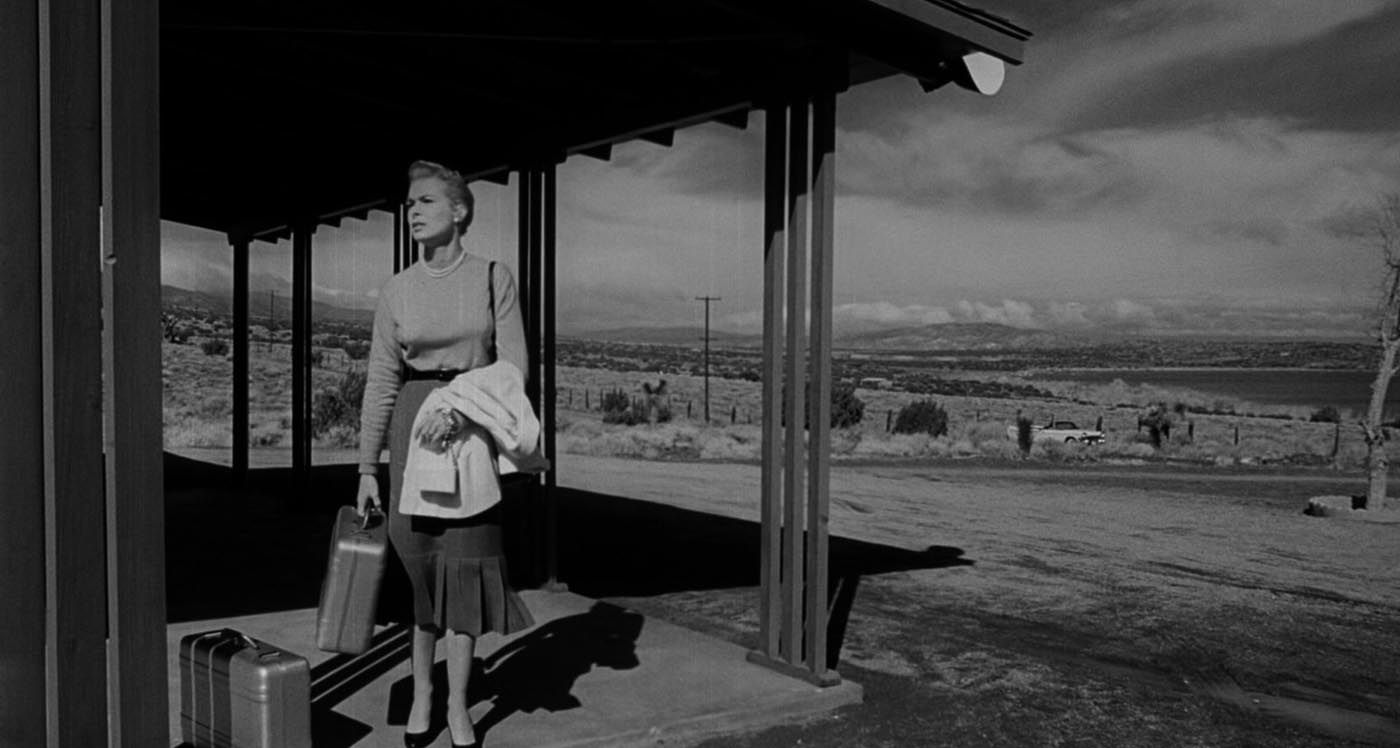
Touch of Evil is visually stunning and easy to watch, but the storytelling can meander and feel slow at times. While it may not universally hold up as an enjoyable film today, it still holds relevance as a historical benchmark in the collapse of the Hays Code and Orson Welles' career. For those interested in film history, they may find something to appreciate in watching Touch of Evil. However, it may not be for everyone, and contemporary viewers may find it lacking in comparison to more contemporary films. Ultimately, whether or not it is enjoyable in today's times is subjective to the individual viewer's tastes and interests.



